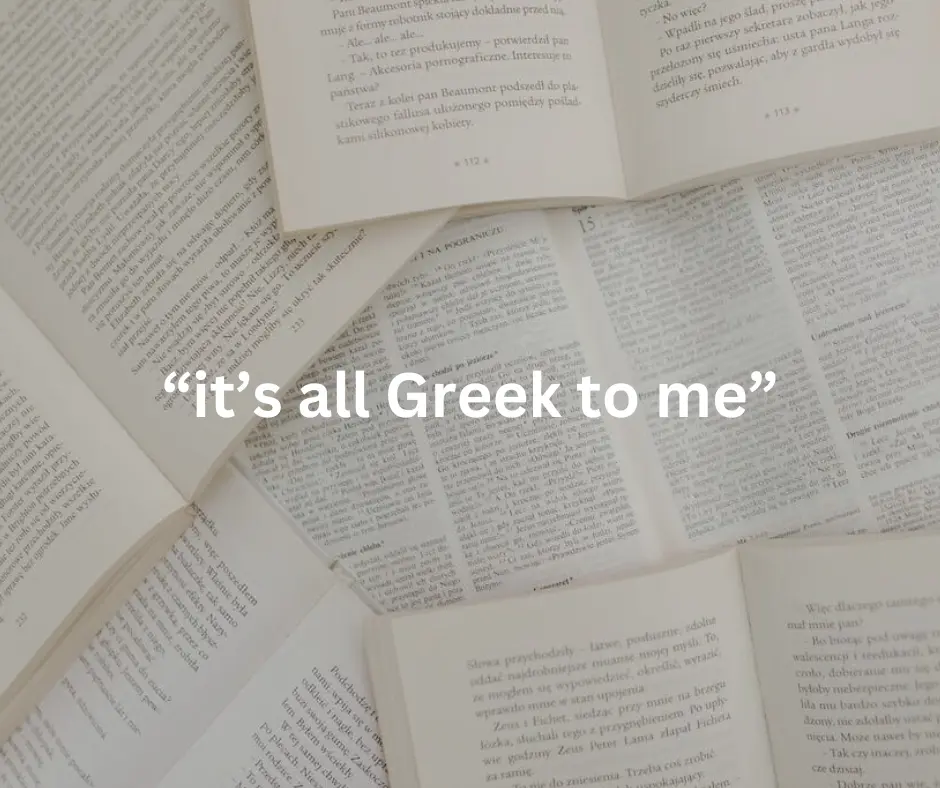Scholarly publishing has undergone many evolutions, but heavy technical writing and detail have always been some of the major defining differences between scholarly journals and trade publications. While both trade and scholarly publications tend to be written for specific audiences, the technical jargon featured in most scholarly publications is so specific that most laypeople don’t even dream of opening the publication, let alone try to digest the merits of each article (“it’s all Greek to me”). However, Taylor & Francis would like to change this perception.

The publishing house recently launched an initiative to have authors provide “plain-language summaries of publications” for their submitted articles. While plain-language summaries of publications (or PLSPs) is a mouthful of a descriptor, these summaries are intended to serve as “clear, jargon-free summaries,” and are “written for non-specialist readers, so everyone can benefit from new research findings.” The publisher provides full and robust instructions for writing these PLSPs here. These new summaries are encouraged, but not mandatory, and are currently only being offered for certain Taylor & Francis journals. The publishing giant also encourages authors who plan to submit a PLSP to bring in a layperson as a coauthor or advisor to help determine what appeals to a more general audience.
These summaries are part of a growing desire by journal societies to grow their audiences for scholarly journals beyond just their longtime professional subscribers. Taylor & Francis highlights a few of the positives of PLSPs, stating that they can “increase audience engagement,” provide “equal and fair access to scientific research outcomes,” enable “audiences to translate complex science into practical knowledge and initiatives,” and provide increased networking options for authors as well as improve an article’s general metrics.
Lay summaries aren’t exactly a new concept in scholarly publishing. Many colleges and university programs push their students to craft these statements with their dissertations and theses while other journals request or at least encourage what are often referred to as “impact statements” when submitting manuscripts. The purpose of these statements is to concisely answer the “who/what/where/when/how many/why?” of their research while also providing a sentence that explains its importance. Elsevier even offers a guide on how to best write these summaries.
The push from Taylor & Francis and other publishers to further encourage lay summaries, PLSPs, or impact statements (whichever you prefer) can be seen as more than just networking and metrics opportunities for the journal and their authors. These statements can be used to push back against the growing tide of clickbait headlines from online news articles. If authors can provide their own summaries of their work written for a lay person audience, it can potentially help ensure that research isn’t misconstrued by journalists who are eager to get quick views with a flashy headline, which could help at least combat some of the misinformation issues that have so dominated news and social media in the last decade.
By Chris Moffitt
Chris is a Managing Editor at Technica Editorial




